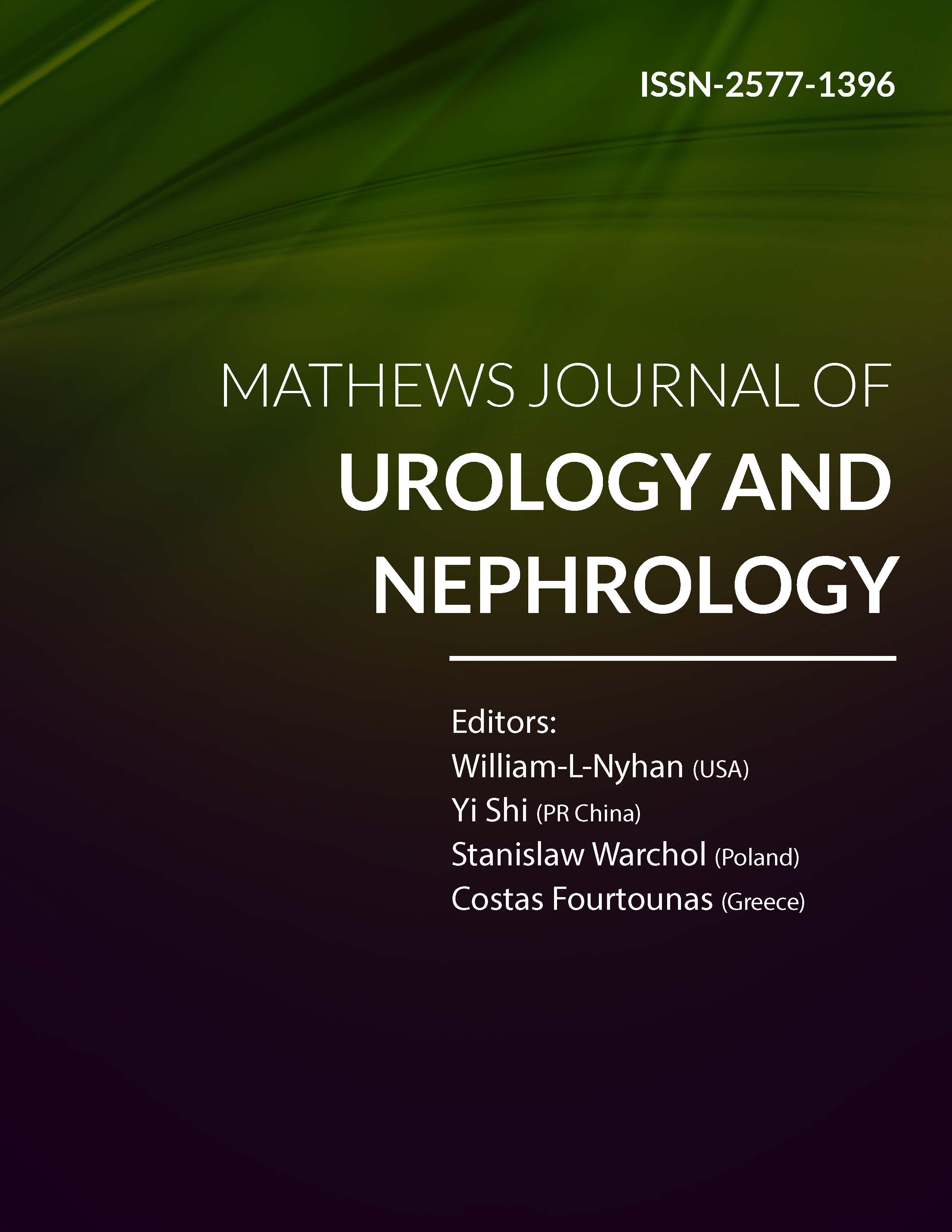
Information Links
Previous Issues Volume 4, Issue 1 - 2022
Descriptive Analysis of Patients with Chronic Kidney Disease Treated in the Hemodialysis Department of the General Hospital of Playa Del Carmen
Guillermo Padrón-Arredondo1,*, Alejandro L Villalobos Rodríguez2
1General Surgeon, General Surgery Service of Hospital General of Playa del Carmen, México
2Obstetrician-Gynecologist, General Surgery Service of Hospital General of Playa del Carmen, México
*Corresponding author: Guillermo Padrón-Arredondo, General Surgery Service of Hospital General of Playa del Carmen, Av. Constituyentes s/n with 35 Street, Col. Ejidal, Solidaridad Playa del Carmen, Q. Roo- PC: 77712, México, Cellphone: +52 984 876 2267; E-mail: [email protected].
Received Date: December 13, 2022
Published Date: December 27, 2022
Citation: Padrón-Arredondo G, et al. (2022). Descriptive Analysis of Patients with Chronic Kidney Disease Treated in the Hemodialysis Department of the General Hospital of Playa Del Carmen. Mathews J Urol Nephrol. 4(1):11.
Copyrights: Padrón-Arredondo G, et al. © (2022).
ABSTRACT
Introduction: Hemodialysis is the most common form of renal replacement therapy in the world, accounting for approximately 69% of all renal replacement therapy, and 89% of all dialysis. Material and Methods: An observational, retrospective study was carried out using descriptive statistics in a group of patients currently undergoing hemodialysis treatment in the hemodialysis service of the General Hospital of Playa Del Carmen. Two groups (male and female) with 9 patients each were formed. Measures of central tendency and dispersion (mean, standard deviation, and minimum and maximum) were used for quantitative variables, as well as frequency, and percentage analyses for qualitative variables. Results: Eighteen patients on current hemodialysis were analyzed. The most commonly used catheter was the Mahurkar type. The number of sessions was in men 4 cases 3 times a week, and 5 cases 2 times a week; n women there were 4 cases 1 day a week, 2 cases 2 days a week, and 3 cases 3 days a week. Discussion: Some aspects of that review included associations between surgical procedures for vascular access and amputation. In patients with, and without diabetes, both variables increased after the start of hemodialysis therapy. In our review, there were only 2 cases of knuckle amputation. Conclusions: Current trends are particularly worrying from a global perspective: current costs are not sustainable, even for high-income countries; most people who develop kidney failure forgo treatment, resulting in millions of deaths each year.
Keywords: Chronic Kidney Disease, Hemodialysis, Diabetes Mellitus 2, Anemia Amputations.